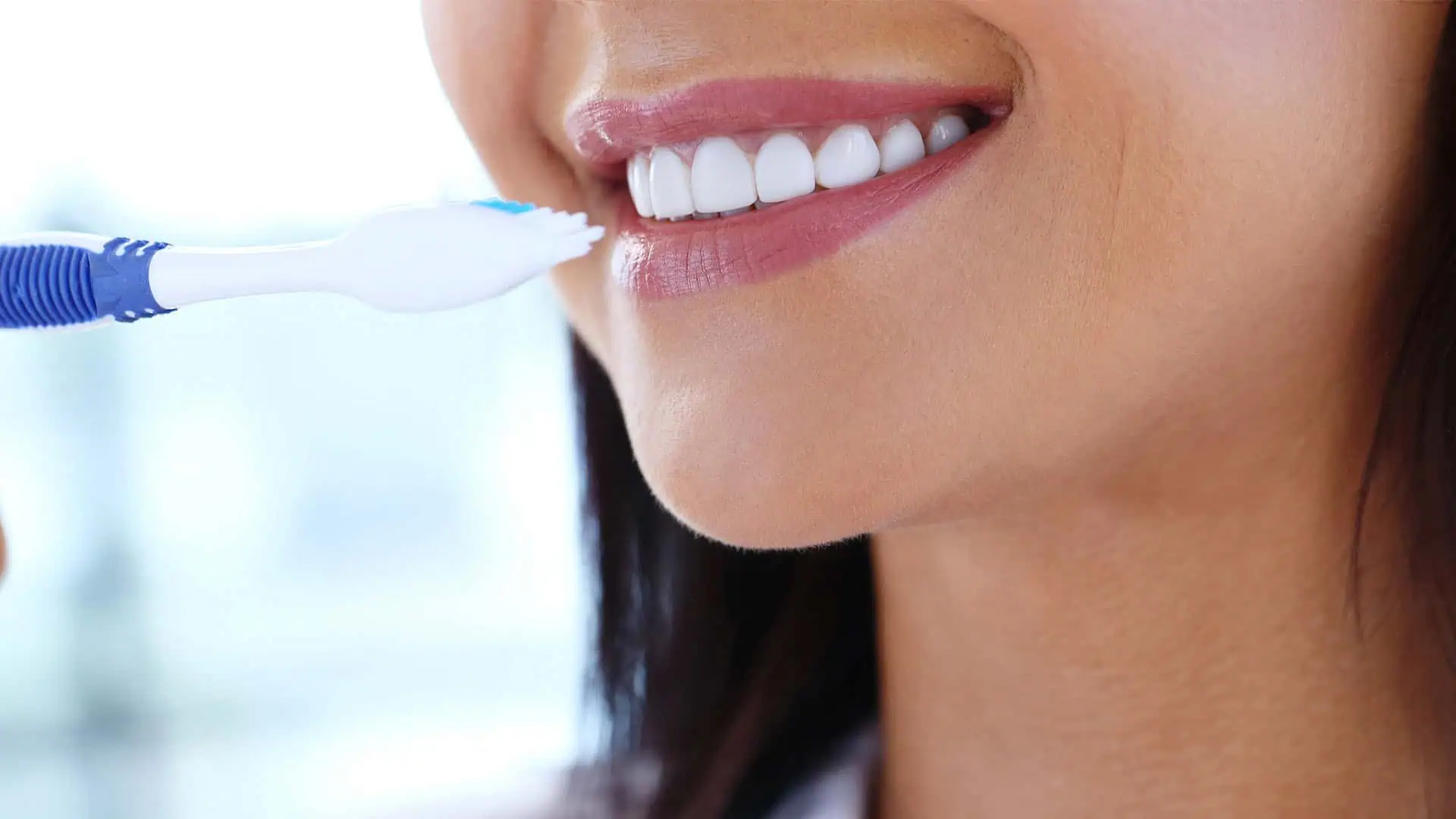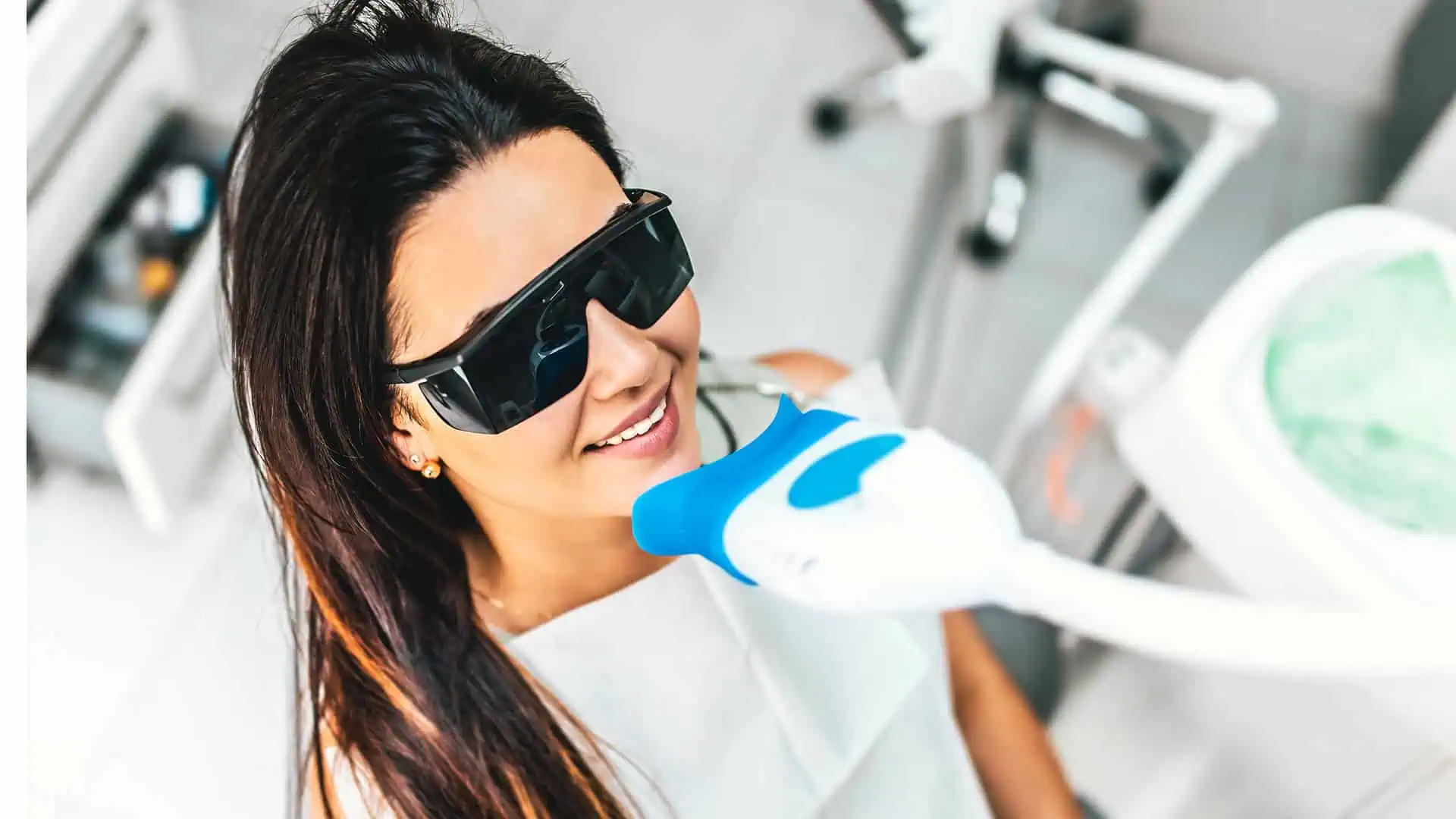Teeth Whitening Options: Professional Treatments vs. At-Home Teeth Whitening Kits
Nov 14, 2024

As they say, a smile is the universal language of kindness. With a dazzling smile, you can light up any room you walk into. But achieving that radiant glow isn’t as easy as it may sound. From lifestyle habits like drinking coffee and bad oral hygiene to certain medications and illnesses, many factors can dull your smile and cause stubborn stains on your teeth.
But wait, this is not the end of it! The good news is that there are effective ways to restore your radiant smile. One of the most popular and impactful solutions is teeth whitening. Recently, teeth whitening has gained massive popularity—especially among Generation Z—driven by the growing desire to have a gleaming set of pearly white teeth, which is now seen as the golden standard of beauty.
However, before you rush to grab the latest whitening kit or schedule an appointment with a dental professional, you must know what you are getting yourself into. With so many teeth whitening options available, like professional treatment and at-home kits, knowing which one is best for you is crucial. And that’s what we are here for. In this blog, we will walk you through the essentials—from understanding the root causes of tooth discoloration to the key difference between the two main whitening options. By the end, you’ll have the knowledge needed to make an informed decision on your journey to a brighter, more confident smile.
Causes of Teeth Discoloration

We all do our best to keep our teeth bright and healthy, but sometimes, despite our efforts, certain factors can cause yellow stains to appear on our teeth. No matter how carefully we care for them, these factors can still cause harm. Some of these include:
Food and Beverages: Foods and drinks containing high levels of pigments—whether natural or artificial—such as coffee, tea, berries, and sodas can cause stains on your teeth. These intense color dyes attack the enamel, increasing the risk of sensitivity and making it easier for stains to stick and harder to remove, which leads to more noticeable, dark stains.
Dental Injury or Trauma: Previous physical damage to the teeth or mouth that resulted in internal bleeding can form a dark, discolored stain on the affected tooth.
Tobacco Use: Chewing tobacco or smoking for an extended period can leave yellow or brown stains that are usually difficult to clean. These tough stains are caused by the main chemicals found in tobacco, Tar, and Nicotine. Even though nicotine is colorless, when mixed with oxygen, it turns into a yellowish substance that is perfect for staining your teeth.
Aging: As we age, the outer layer of our teeth, known as the enamel, wears down. As a result, the naturally yellow dentin layer underneath the enamel gets exposed, which can cause your teeth to stain more easily over time.
Health Conditions: Some medical conditions, such as liver diseases, calcium deficiencies, and eating disorders, may impact your overall oral health by weakening the enamel, which contributes to teeth discoloration.
Teeth Whitening Options

When it comes to achieving your dream smile, there are two main routes you can take: professional and at-home teeth whitening. Each option has its own advantages and considerations. And since it’s important to understand the differences between the two before making a decision, let’s take a closer look at how each one works and what benefits they offer.
Professional Teeth Whitening
This is a professional dental treatment performed by an experienced dentist within the clinic setting. The procedure typically takes about one hour, during which a high-concentration whitening gel is used to achieve optimal results. The primary active ingredients used in professional whitening treatments are hydrogen peroxide and carbamide peroxide, which are highly effective in breaking down stains and brightening the teeth.
To start the treatment, your dentist will clean your teeth to remove any remaining plaque and debris. Then, to prevent the whitening gel from touching your gums and causing irritation, the dentist will apply a protective barrier layer such as a rubber dam or gel. A bleaching gel is then applied to the teeth for about 15 to 30 minutes. After this duration, the gel gets rinsed off and reapplied for another 15-30 minutes. Some in-office whitening treatments work in conjunction with a light or laser that accelerates the whitening process. After the procedure, your dentists will provide you with detailed aftercare instructions to help you maintain your bright smile for as long as possible.
At-Home Teeth Whitening
Take-home whitening kits are significantly more affordable than in-office treatments. Unlike the latter, they offer the convenience of whitening your teeth at your own pace and from the comfort of your house. There are many kits that you can purchase from your dentist or pharmacies, including whitening trays, strips, whitening pens, and LED whitening kits. These kits usually contain lower bleaching agent concentration, meaning that the results may not be as effective and noticeable as those achieved by professional treatments.
While the application methods depend on the type of product used, all at-home whitening kits require one to two weeks of daily use. To achieve optimal results, read the included instructions thoroughly and try to understand the application process and recommended duration before starting the treatment. Brushing your teeth before applying the whitening product is also recommended. Removing plaque and food particles allows the whitening agent to make better contact with your teeth, which can help whiten any yellow stains.
Key Differences Between In-Office and At-Home Teeth Whitening Options

Now that you have a comprehensive understanding of the two primary teeth whitening options, it’s time to decide which one is best for you. But before making your choice, let’s explore some key differences between the two to help you select the option that best aligns with your needs.
1- Duration of Treatment
A professional whitening session performed by a dental professional typically takes between 1 to 3 hours—taking into consideration the time spent in the waiting room and the procedure itself. In just one or two sessions, you get to go home with teeth 8 to 15 shades whiter. On the other hand, at-home whitening often requires several days or even weeks to achieve comparable results.
2- Longevity of Results
The results of in-office whitening can last somewhere between 1 to 2 years. This period could vary based on individual factors, including lifestyle habits, oral hygiene, enamel strength, and whitening product quality.
Using at-home whitening products, however, may give results that fade more quickly than expected. The results generally last between a few months to a year. The main reason for the shorter duration of at-home whitening results is the lower concentration of whitening agents in over-the-counter products. Whitening trays and strips use milder bleaching agents compared to professional treatments. This, in addition to the inconsistent usage of these products, can lead to less lasting results.
3- Safety and Sensitivity
Professional whitening treatments are supervised by an expert dentist who ensures that your gums and mouth are protected throughout the entire procedure. Any potential side effects like tooth sensitivity are typically managed and monitored during the procedure.
Meanwhile, whitening your teeth at home could be risky since it lacks professional oversight. Improper use, such as applying too much gel or leaving it on for too long, can irritate the gums and lead to tooth sensitivity.
4- Convenience
If you have a busy schedule, in-office whitening may not be the best option, as it requires booking and attending appointments at a dental clinic. In contrast, at-home whitening kits offer much more flexibility, allowing you to whiten your teeth at your own pace and whenever suits you best.

Dr. Nabil Mockbil, DDS, BDS
Dr. Nabil Mockbil is the head of Swedish Dental Clinic and one of the most experienced orthodontists in Dubai. By demonstrating incredible skills and embracing a kind attitude, he's proven to be not just a brilliant dentist, but someone you can fully trust with your smile. With 20+ years of experience under his belt and a warm smile on his face, you're search for the best orthodontist in Dubai ends with him.




